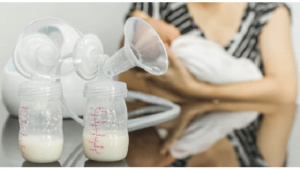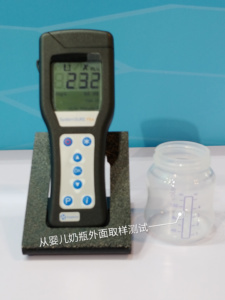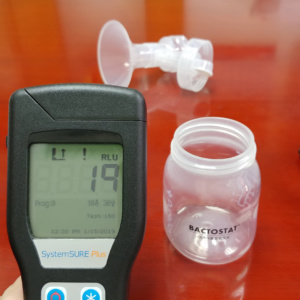
Case Study of BACTOSTAT® Application

Issues without BACTOSTAT® bacteria-repellent-solution
- Microbes potentially absorbing and colonizing onto outside and inside surface of breast feeding pump shield, flange and bottle.
- Infants may have high risk getting infection of digestive tract
- Breast milk may be potentially contaminated

Benefits using BACTOSTAT® bacteria-repellent-solution
- Bacteria Repellent
- Reduce risk of cross infection in use
- Reduce risk of breast milk contamination
- Reduce risk of stomach upset and disease in infants
- Biocides free
- Metals particles free
- Nanoparticles free
References :
Wikipedia : ATP is a molecule found in and around living cells, and as such it gives a direct measure of biological concentration and health. ATP is quantified by measuring the light produced through its reaction with the naturally occurring firefly enzyme luciferase using a luminometer. The amount of light produced is directly proportional to the amount of ATP present in the sample.
Wikipedia : RLU may refer to: Rectified linear unit, a neuron activation function used in neural networks, usually referred to as an ReLU. Relative light unit, a unit for measuring cleanliness by measuring the levels of Adenosine Triphosphate.
Hygiena : There is no regulatory standard for acceptable RLU limits, peer reviewed studies and data from hospitals that have implemented the Hygiena system offer insight to help hospitals set appropriate RLU Pass/Fail limits according to industry accepted practices.


